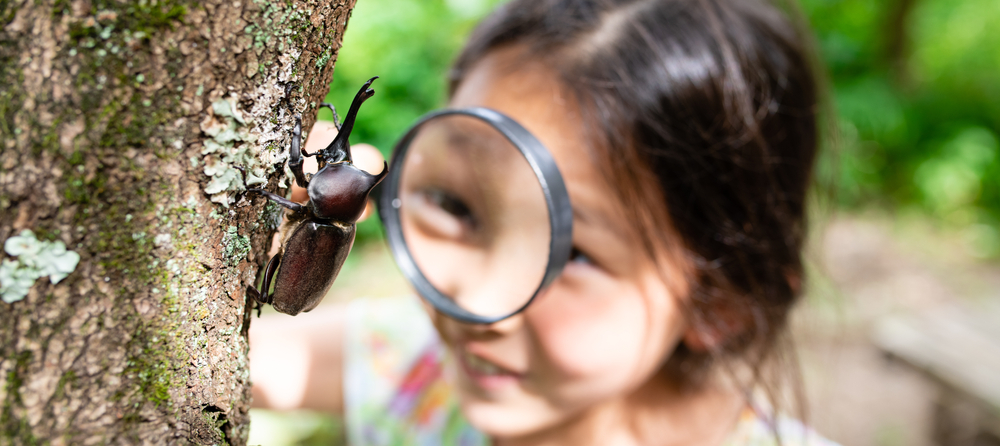In today’s rapidly evolving world, the importance of science, technology, engineering, and mathematics (STEM) education is more evident than ever. Preparing our young generation to thrive in a technology-driven future requires a strong foundation in these fields. Surprisingly, one of the most effective ways to foster STEM development in young children is by immersing them in rich hands-on experiences in the natural world. Dr Chris Speldewinde from the University of Melbourne, Australia, whose doctoral research focused on STEM in Bush Kinders, an Australian adaption of the European forest school approach to early childhood education, emphasised nature as an easy resource to find but a powerful tool to discover. There is a growing trend in using a nature-based approach or nature-based learning to support STEM education from the early years.
With its wonders and mysteries, nature can spark curiosity, encourage exploration, and instil a love for STEM from an early age. In this context, nature provides countless opportunities for tactile and sensory experiences. Whether it’s planting seeds, collecting rocks, or exploring the properties of water, children engage with STEM concepts through tactile, sight, and sound. Nature is an ever-changing classroom without walls, offering a rich opportunity for young minds to explore STEM concepts in their most natural state. Nature inspires children to ask questions, observe their surroundings, and seek answers. Whether watching a caterpillar metamorphose into a butterfly or examining the complex patterns on a leaf, these observations stimulate their natural curiosity, a crucial trait for budding scientists.
In addition, having fun outdoors exposes children to real-world problems and challenges. Building a dam in a stream, constructing a makeshift shelter, or crossing a fallen log requires critical thinking and creative problem-solving. These experiences teach children that STEM is about finding solutions to everyday challenges. In early mathematic integration, nature is a natural setting for learning math concepts in the wild! Children can tangibly grasp abstract mathematical ideas outdoors by counting the petals on a flower, measuring the height of a tree, or calculating the distance between two rocks.
Nature also invites children to become scientists! By fostering a culture of observation, experimentation, and data collection, young minds can engage in scientific inquiry from an early age. This approach helps them develop the fundamental skills of a scientist. Starting a simple “citizen science” project on the school grounds may foster a deeper understanding of scientific concepts and instil an early love for hands-on STEM learning that can shape their educational concept. Next, by using technology, nature can enhance the learning experience. Smartphones and tablets with nature applications or educational games can help children identify plants, birds, and insects. Technology integration with nature allows for a seamless connection between the digital and natural worlds.
In conclusion, incorporating nature into a child’s years of education is a powerful way to ignite a passion for STEM subjects. As our world increasingly relies on science and technology, the importance of fostering STEM development in young children cannot be overstated. By encouraging young minds to explore and interact with the natural world, nature empowers them with the skills and knowledge they need to thrive in the STEM-focused future. Therefore, let us encourage our children to step outside, explore, and learn from the greatest teacher of all – Mother Nature. Doing so will pave the way for a brighter, more scientifically engaged, and environmentally conscious generation, leading us into a future of innovation and discovery.






